Our Alumni’s works in

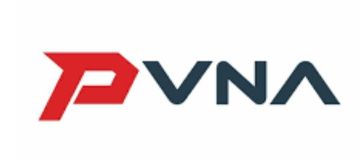
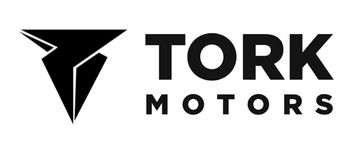
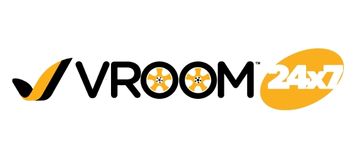


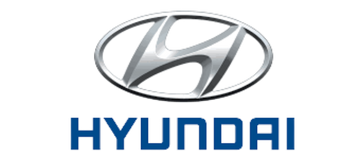

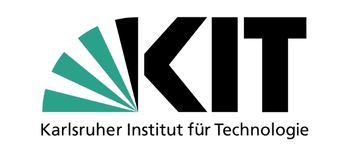

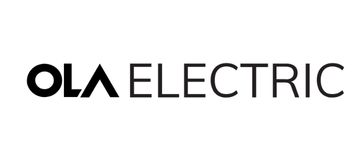



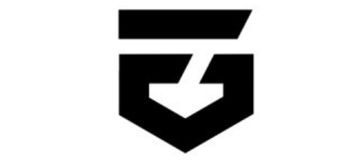


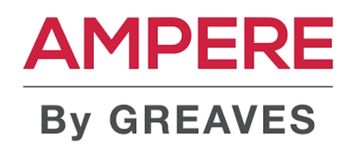
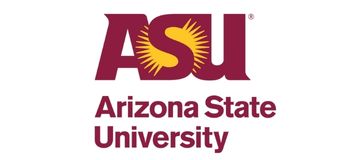
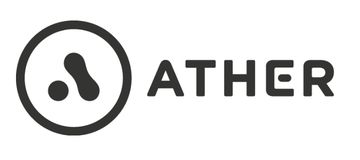

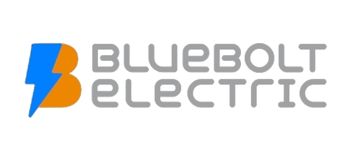

This course offers a detailed technical explanation with design considerations of the EV powertrain components, how they work together, and how they compare to the internal combustion engine in value.
























Programs Accredited by Govt. Bodies
At this point, it is difficult to reliably estimate the total job creation potential of electric vehicles. More electric vehicles, however, would also likely lead to some job losses in the oil industry. With that said, there is good reason to expect that electrification of personal transportation can drive job creation in a host of industries. More efficient automobiles require more technology, which is designed and produced by adding workers to the auto industry. Many of these jobs would be created in industrial sectors closely tied to auto manufacturing, advanced batteries, and research and development.
Moreover, electric vehicles are much cheaper to operate than conventional vehicles. Drivers who switch to electric vehicles will have more disposable income to spend in other sectors of the economy, such as housing and services. Spending in these sectors keeps more wealth moving within local economies and will drive job creation in sectors not immediately connected to producing electric vehicles.

The program tends to equip students and professionals with multidisciplinary expertise and increase the practical exposure with the tools and functioning of the Electric vehicle. This program follows the practical approach of learning (PLA model) to educate and offer cutting edge training to prepare engineers for the future industry workforce demand.
DIYguru presents a certificate program on Electric Vehicle Powertrain Design Engineering (Advance). This program provides you with the most flexible learning environment possible. This program is offered as a self-paced program often referred to as an asynchronous online program which is time-independent, meaning that it can be accessed 24X7 within the tenure of 90 days. This program can be accessed from multiple devices which makes it easy to learn on the go. Lectures that are pre-recorded or slide presentation with voice-over commentary, interactive discussion boxes that foster student to student interaction, Email communication with the instructor are part of this process. Downloadable educational tools such as e-books, research papers, and government reports are made available at just one click.

[gravityform id="1" title="false" description="false" ajax="true"]
The program is designed for students or professionals who are:
The program to give its best will need the following requirements:
DIYguru will feel proud to awards the certificate of competency in "Electric Vehicle Powertrain Design Engineering (Advance)" to only those aspirants who have 100% completed their online module.
DIYguru proficiency Certificate is highly valuable by industry giants namely Robert Bosch; Maruti Suzuki; Hyundai Motors, are the name of few, which is why DIYguru earned certificates are secured with a unique certificate ID. To check the validation of the certificate, check out the footer section of the home page.
Certificate provided to you is an online certificate, which means there is no need to download, after completion of the course, aspirants are requested to check their profile to view their earned certificate. In case the certificate is not issued feel free to write us a certificate@diyguru.org, our team will help you out.
[sp_easyaccordion id="18442"]

No 06-01 Jalan Padan Ria 4, Pusat Perdagangan Padan, 81100 Johar Bahru

DIYguru, Vroom Services Limited, Level 6, Plot 10, Road 12, Block F, Niketan, Gulshan, Dhaka 1212.

DIYguru, Abhiyantriki Karmashala Pvt. Ltd. ward No. 06, Dadhikot, Suryabinayak, Bhaktapur, Nepal
Learners from 170+ countries have grown in their career through our programs
Spend less time worrying about job availability, and more time growing your knowledge. Join DIYguru Program today.
If you’re a current student, please get in touch through the DIYguru dashboard to ask about more details of this Program.
Please note, eligibility for DIYguru course is reserved to students who have done related projects and have relevant profiles matching with the pre-requisite of this course.
Our 7-day money-back guarantee starts from the moment of signup and runs through the free week. Cancellations between days 7 and 30 will get a prorated refund.
Fees for the program is charged only when the admission is approved.

DIYguru is India’s largest Hardware Enabled upskilling platform for learners benefiting more than 85,000+ DIY enthusiasts across 400+ institutions through online courses and DIY KITS, imparting hands-on training to acquire industry relevant skills.
374, MG Road, South Delhi,
New Delhi (IN)- 110030

Copyright © 2014-22 | DIYguru Education & Research Pvt. Ltd. All rights reserved.